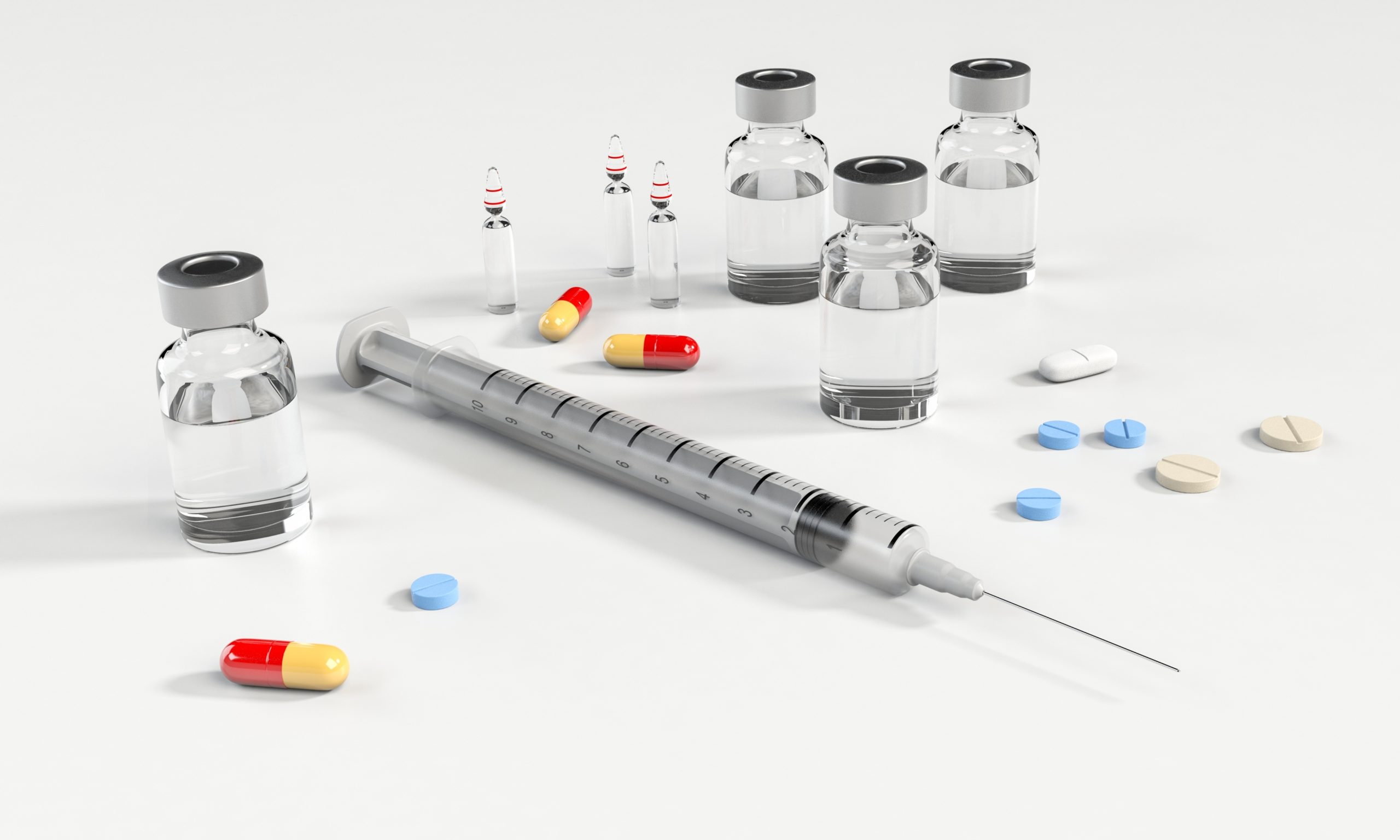The FDA recently granted the pharmaceutical company Soin Therapeutics, based in Dayton, OH, orphan drug status for low dose naltrexone (LDN) to treat complex regional pain syndrome (CRPS).
Soin Therapeutics Develops Low Dose Naltrexone (LDN) to treat Complex Regional Pain Syndrome
Complex Regional Pain Syndrome is a rare orphan disease that causes severe pain. It most often begins in an extremity and is accompanied by extreme swelling, limited range of motion, changes to the skin or bone structure, and debilitating pain.
Soin Therapeutics explains that Orphan diseases are neglected due to the cost associated with developing treatment options for so few patients as it affects less than 200,000 Americans.
Because there is no known cure and a lack of practical treatment options available for CRPS, Dr. Amol Soin, a pain management physician, and researcher, began researching chemical compounds to treat the pain rather than masking symptoms using addictive pain medications.
Dr. Amol Soin is now developing low-dose naltrexone to treat complex regional pain syndrome, receiving orphan drug designation from the FDA. He states that obtaining Orphan Status from the FDA is an essential milestone for Soin Therapeutics. “We look forward to running a large-scale clinical trial and eventual FDA approval to help patients suffering from CRPS.”
Soin Therapeutics Plans to Use Low Dose Naltrexone (LDN) to treat symptoms stemming from CRPS.
Naltrexone is a medication known for managing alcohol or opioid addiction by eliminating or reducing the highs and cravings associated with these substances. Anecdotal reports show that Naltrexone relieves symptoms stemming from CRPS at very low doses (approximately 1/10th the dose) of currently approved indications. The unique formulation works on treating the mechanism of action.
According to Dr. Soin, “Low Dose Naltrexone has unique properties to specifically help the disease cascade of CRPS including attenuation of microglial cells involved in pain transmission, reduction of proinflammatory cytokines, antagonism of the Toll-like receptor 4 (TLR4), as well as stimulating the release of endorphins which are the body’s natural pain killers.
This drug seems very well suited to treat several mechanisms of the disease process. All those properties would seemingly be quite helpful in CRPS patients. Best of all, this is a non-addicting and non-sedating drug that could be a new way to treat complex regional pain syndrome.”
Email Amol Soin at drsoin@soinneuroscience.com
This is a Contributor Post. Opinions expressed here are opinions of the Contributor. Influencive does not endorse or review brands mentioned; does not and cannot investigate relationships with brands, products, and people mentioned and is up to the Contributor to disclose. Contributors, amongst other accounts and articles may be professional fee-based.

